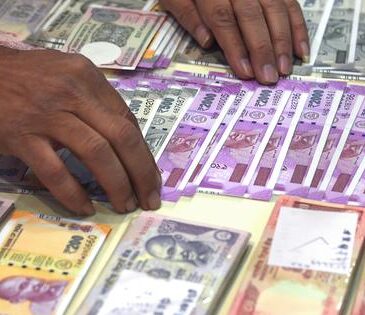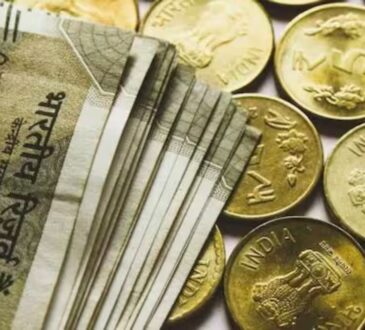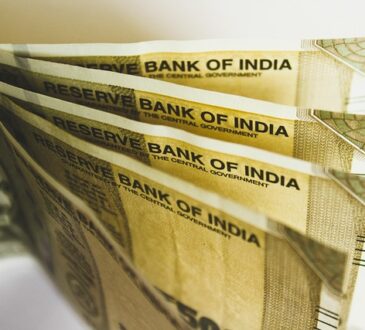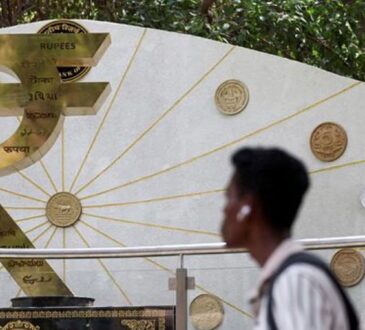The Indian digital finance scene may be at a crossroads. The issuance of a Digital Rupee (e₹) by the Reserve Bank of India (RBI) marks a huge step towards a digital economy, while at the same time, in other parts of the world, the DeFi sector is expanding, as financial service products and services are moving to blockchain and other decentralized financial systems that do not have traditional intermediaries. Between the two paradigms of a centrally issued digital currency and decentralized finance systems are challenges for the Indian financial ecosystem but also opportunities.
Warrior of Digital Rupees: A Centralized Innovation
After its introduction in December 2022, the Digital Rupee became the new CBDC option offered by India to provide a digital alternative to the use of cash. It was meant to be a legal tender under sovereign authority, of the same denomination as the Indian Rupee, allowing for frictionless transactions and minimal reliance on physical currency.
The Reserve Bank of India started two application experiment stages, one for the wholesale e₹-W and the other for the retail segments e₹-R. The Wholesale Pilot aims at interbank settlement, while the Retail Pilot is meant for transactions in the day-to-day lives of individuals and businesses. Further, the Reserve Bank has integrated the Digital Rupee with UPI so that users can transact using existing UPI QR codes.
DeFi Platforms: The New Frontier of Decentralization
Decentralized Finance (DeFi) is bringing about a new type of peer-to-peer finance through decentralized systems using blockchain technology. Traditional finance used centralized banks, interested parties and third parties, whereas these platforms do not lend, borrow and trade with a third party, they also use smart contracts that allow the actions in those smart contracts to be enforced.
DeFi has experienced explosive growth in the last few years with value locked in DeFi protocols reaching $100 billion at it’s peak. In India, while the DeFi sector is in it’s first growth phase, the increasing interest by Indian tech-whizzes and developers into decentralized applications (dApps) and blockchain based finance is promising.
Bridging the Gap Between Centralized and Decentralized
Having the Digital Rupee operate alongside DeFi platforms will require a collaborative mindset to optimize both. Here are a few possible ways some level of integration may be able to occur:
-
Interoperability Through Tokenization: If the Digital Rupee could be tokenized onto blockchain networks, and utilize DeFi protocols, individuals would be able to use a state issued currency, backed by a sovereign state to participate in DeFi, all while gaining the trust and protections of a central bank with the speed and ingenuity of DeFi.
-
Regulatory Frameworks and Compliance: It is vital to define regulatory guidelines clearly. The RBI and other regulatory bodies need to work with DeFi platforms to facilitate compliance with anti-money laundering (AML) and know your customer (KYC) norms, thus providing a safe environment for users.
-
Smart contract incorporation: Smart contracts can enhance the infrastructure of the Digital Rupee by enabling programmable money functionality. Smart contracts would make the Digital Rupee capable of carrying out automated transactions when predefined conditions are met, resulting in an efficient mechanism and potentially leading to new financial products.
-
Cross-Border Payments: DeFi platforms have the potential to use the Digital Rupee for cross-border payments which may significantly lower transaction fees and settlement periods. This may be particularly significant for remittances, which are a major part of the Indian economy.
Obstacles to Integration
Even with these potential advantages, there are several challenges to consider:
-
Technical Barriers: The technical infrastructure and protocols for testing for interoperability in both centralized and decentralized systems must be efficient and standardized.
-
Security Risks: While usability and functionality are important, attaching a Digital Rupee onto a platform that is typically associated with hacks and breaches must occur along a spectrum of very strong security measures for users and their assets.
-
User Education and Awareness: For widespread adoption, users need to be educated on how to integrate the Digital Rupee with DeFi platforms taking advantage of its functionalities and also its benefits.
Significant Changes Ahead
The financial ecosystem in India is at an important crossroads. The Digital Rupee, with its centralized trust and digital sophistication, and DeFi decentralized innovation can complement and coexist. If done deliberately and thoroughly, both provide a pathway to a new, innovative, and hybrid form of finance in the future to all its users.
As the Bank of India continues to develop and ultimately release their Digital Rupee, and decentralized financial platforms proliferate, the two models of finance may converge into a single ecosystem for the first time, changing financial transaction systems in India, and potentially providing an example to other global economies in our digital world.




